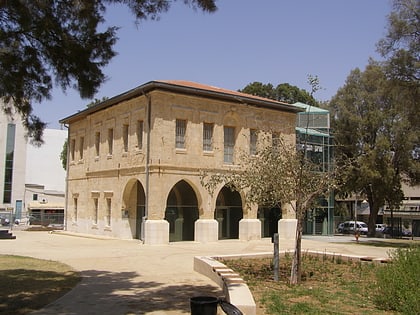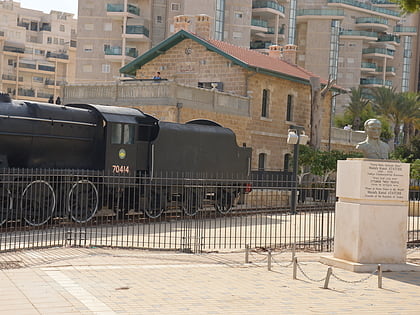Bir Abu Matar, Beer Sheva


Facts and practical information
Bir Abu Matar is an archaeological site in the Valley of Beersheba that contains remains dated to the Chalcolithic period. It is located on the northern bank of the Beersheba Creek, on the southern outskirts of Beersheba in the Negev desert of southern Israel, at a location where water could probably have been obtained by digging wells. The culture discovered on this site and on a number of other sites in the Valley of Beersheba was named the Beersheba Culture. The settlements existed between c-4200 and c-4000 BC. The earth in this area is soft loess. One of the characteristics of the site, during the early phase of its settlement, was the construction of underground dwellings, dug in the earth. The site was first discovered and surveyed by David Alon, an Israeli archaeologist, in 1951. It was excavated by the French archaeologist, Jean Perrot, between 1951 and 1960. Rescue excavations were carried out in Bir Abu Matar in the 1980s and in the early 1990s. A small park was later built on top of the site, which is now situated at the southernmost edge of Na'veh Ze'ev borough, in Beersheba. ()
Bir Abu Matar – popular in the area (distance from the attraction)
Nearby attractions include: Abraham's Well, Negev Museum of Art, Mustafa Kemal Atatürk Plaza, Mustafa Kemal Atatürk Memorial.







